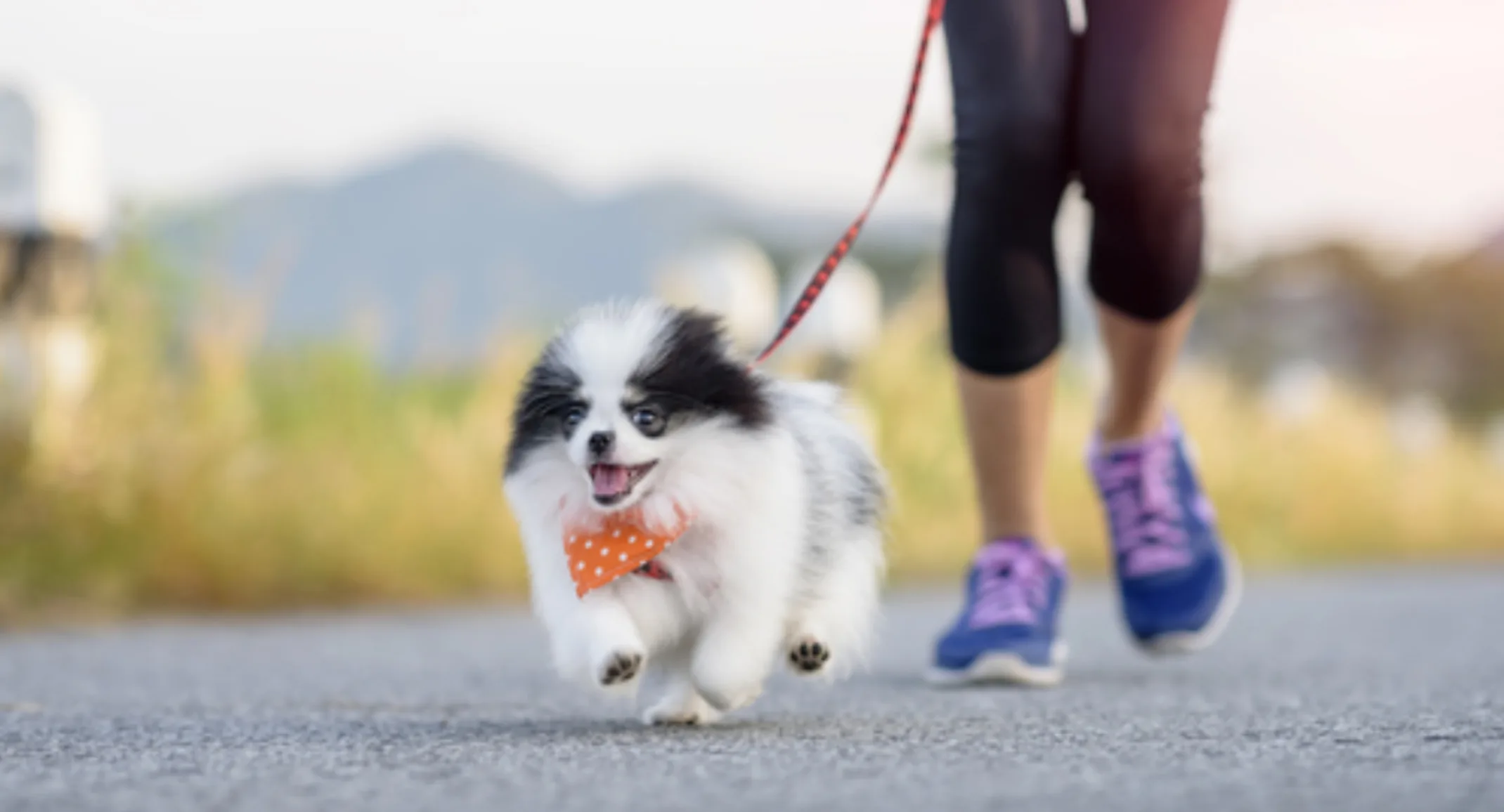Summer Pet Safety
Health Tips

Make sure your pet has access to fresh clean water at all times, if you are going on a hike be sure to bring enough water for everyone in the family… including Fido!
Signs of dehydration can include:
Loss of appetite
Reduced energy levels and/or lethargy
Panting
Sunken, dry-looking eyes
Dry nose and gums
Dry, tacky-feeling gums
Shade is very important, make sure your pet has a place to get out of the sun. While dogs and cats like to sunbathe, direct sunlight can overheat them and lead to heat stroke.
Possible signs of heat exhaustion are:
Heavy panting
Dry or bright red gums
Thick drool
Vomiting
Diarrhea
Wobbly legs
If your pet is showing signs of heat exhaustion, move them to a cool place, give them water to drink, place a damp towel over their body and get them to a veterinarian ASAP.
Never leave your pet in the car Most of our pets love going for a ride with us, but if we have to make stops along the way, our best advice is to leave them at home, it’s just not worth the risk! Did you know that with an outside temperature of just 80 degrees, the temperature in a car can rise to 114 degrees in just 30 minutes with all four windows opened a few inches? Approximately 28 states have laws that deal with pets in parked cars.
Going for a walk If you’re taking your pet for a walk, try to do it during cooler times of the day, early morning or later in the evening. Remember concrete and asphalt hold the heat. Did you know when the air temperature outside is measured at 77 degrees, asphalt in the sun has been measured at 125 degrees, and if the temperature is 86 or 87 degrees outside, asphalt can sizzle your skin (or your pet's paws) at 135 to 143 degrees.
Fireworks and other loud noises One last safety tip for you as we approach July. While we all enjoy the big bright fireworks displays, the noise associated with them can be terrifying for our pets. Please, please keep your pet indoors in a quite safe area of your home. Play some soothing music to help distract them from all the activities outdoors. Ask us about Thunder shirts, Adaptil, calming medications, and behavior modification remedies if loud noises affect your pet. Finally, make sure they are wearing their collar with identification in case they get out of the house. Beware of blue-green algae in the water Blue-green algae can kill your dog quickly! Avoid allowing your dog to drink or swim in water with scum or film on the surface. Check local park and government websites which will list blue-green algae bloom that they are aware of but be careful - often times there are blooms that have not yet been identified and listed. Look for posted signs and be aware of what blue-green algae look like.
Enjoy your summer and stay safe!

